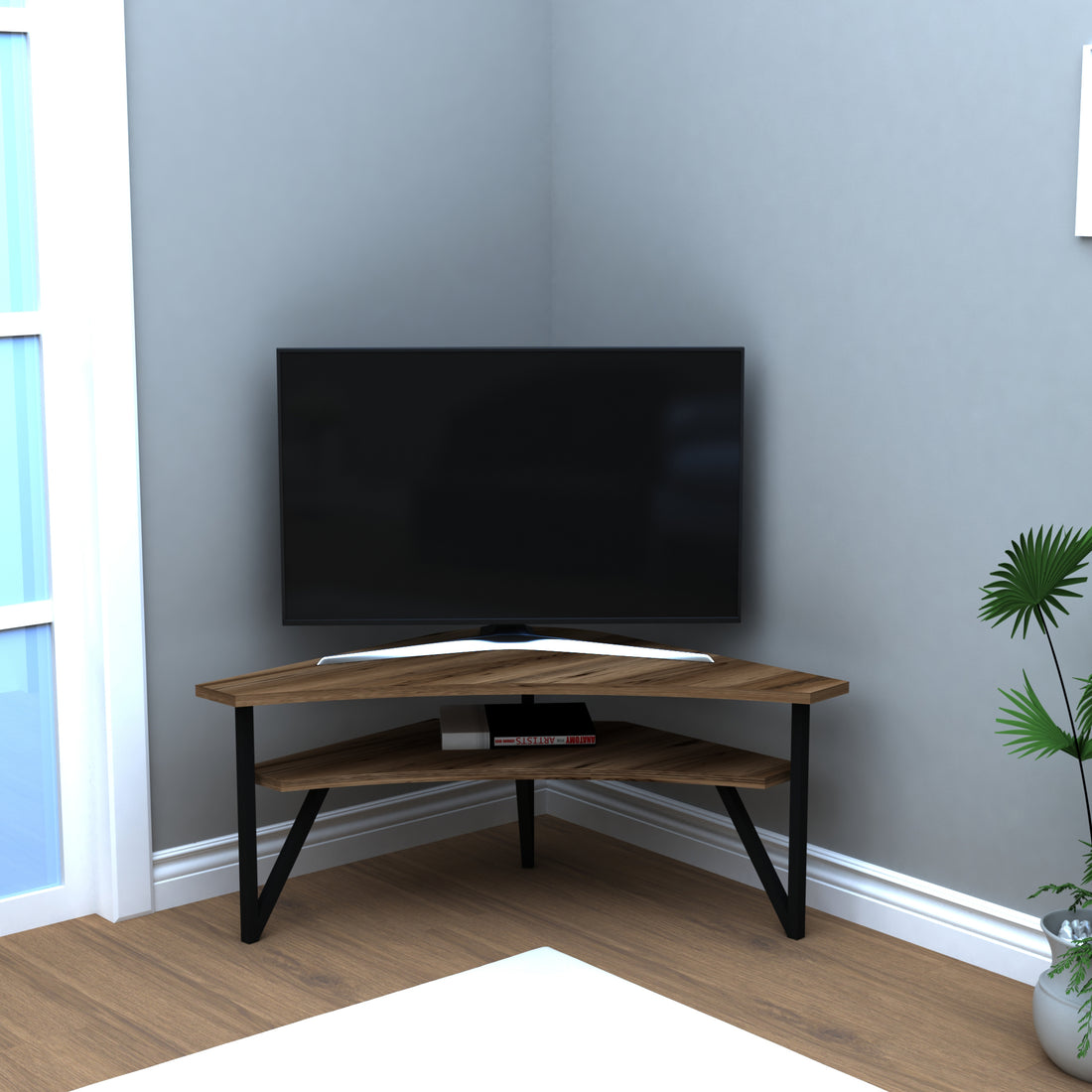
A Comprehensive Guide to Choosing the Perfect TV Stand for Your Home and Office
Share
In the realm of interior design, the TV stand holds a significant role, not just as a functional piece of furniture but also as an aesthetic anchor for your living or workspace. With the myriad of options available, selecting the right TV stand can be daunting. However, understanding the different types and features can simplify the decision-making process. Let’s delve into the world of TV stands and explore the various types to help you make an informed choice.
- Entertainment Centers:
- Functionality: Entertainment centers are comprehensive units designed to accommodate not only your TV but also various media devices, such as gaming consoles, DVD players, and sound systems. They often feature shelves, cabinets, and drawers for ample storage.
- Space Requirement: Due to their size, entertainment centers are best suited for spacious living rooms or dedicated media rooms where they can serve as a focal point.
- Wall-Mounted Floating TV Stands:
- Space-Saving: Floating TV stands are ideal for smaller spaces as they are mounted directly onto the wall, creating a sleek and minimalist look.
- Versatility: These stands come in various designs, from simple shelves to more elaborate units with integrated storage options, offering flexibility in accommodating different room layouts and decor styles.
- Classic and Modern TV Stands:
- Aesthetic Appeal: Classic TV stands often feature timeless designs with wood finishes and traditional details, blending seamlessly with traditional decor schemes.
- Contemporary Touch: Modern TV stands boast sleek lines, minimalist designs, and often incorporate materials like glass, metal, or high-gloss finishes, making them perfect for contemporary interiors.
- TV Stands with and without Legs:
- Stability: TV stands with legs provide ample airflow around electronic components and are easier to clean underneath. However, they may take up more floor space.
- Floating Illusion: TV stands without legs, especially wall-mounted ones, create a floating illusion, giving the room a spacious and airy feel. They are also easier to clean around.
- TV Stands with and without Wall Shelves and Cabinets:
- Storage Needs: Consider whether you need additional storage for media accessories, DVDs, or decorative items. TV stands with shelves and cabinets offer convenient storage solutions, keeping your space organized and clutter-free.
- Open vs. Closed Storage: Decide between open shelves for easy access to items or closed cabinets to conceal clutter and maintain a tidy appearance.
In the world of interior design, the choice of materials can significantly impact the aesthetic appeal and functionality of furniture pieces. When it comes to TV stands, two popular options stand out: those with metal frames and legs, and solid wood TV stands. Let's delve into the unique characteristics and benefits of each type to help you make an informed decision for your home or office space.
Metal-Framed and Legged TV Stands:
- Sleek and Contemporary Aesthetic:
- TV stands with metal frames and legs often exude a sleek and modern vibe, making them perfect for contemporary or industrial-style interiors.
- The clean lines and minimalist design of metal frames can complement various decor styles, adding a touch of sophistication to any room.
- Durability and Stability:
- Metal frames provide excellent durability and stability, ensuring that your TV stand can support the weight of your television and other media devices with ease.
- The sturdy construction of metal legs offers reliable support, making these stands suitable for larger TVs and high-traffic areas.
- Versatility in Design:
- Metal-framed TV stands come in a variety of designs, ranging from simple and understated to bold and statement-making.
- You can find options with sleek glass shelves, integrated cable management systems, and adjustable features to suit your specific needs and preferences.
Solid Wood TV Stands:
- Timeless Elegance:
- Solid wood TV stands exude timeless elegance and warmth, making them a versatile choice for both traditional and modern interiors.
- The natural grain patterns and rich hues of wood add character and charm to any room, creating a cozy and inviting atmosphere.
- Exceptional Craftsmanship:
- Solid wood TV stands are often crafted with meticulous attention to detail, showcasing the beauty of the natural materials and the skill of the artisans.
- Quality construction ensures that these stands are sturdy and long-lasting, providing a reliable foundation for your entertainment setup.
- Customization Options:
- With solid wood TV stands, you have the opportunity to customize the finish, stain, and hardware to match your existing decor or create a unique focal point in the room.
- From rustic reclaimed wood designs to sleek and contemporary styles, there's a wide range of options available to suit your taste and preferences.
Whether you prefer the sleek modernity of metal-framed TV stands or the timeless elegance of solid wood, both options offer unique advantages in terms of style, durability, and versatility. Consider the aesthetic of your space, your storage needs, and your personal preferences when choosing the perfect TV stand for your home or office. With the right choice, you can elevate your entertainment area while adding functional and stylish storage solutions to your space.
When choosing a TV stand for your home or office, it’s essential to consider not only the aesthetics but also the functionality and space requirements. Measure your TV and the available space carefully to ensure a proper fit. Additionally, think about your storage needs and how the TV stand can complement the existing decor of the room. With these considerations in mind, you can select a TV stand that not only showcases your television but also enhances the overall ambiance of your space.





